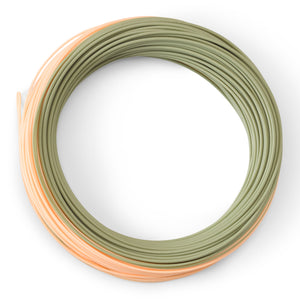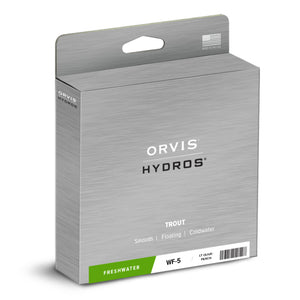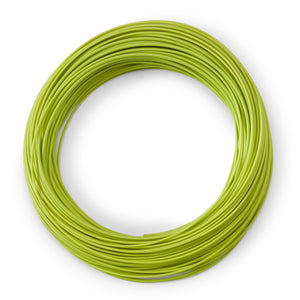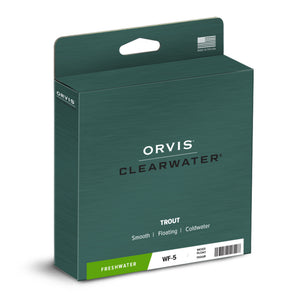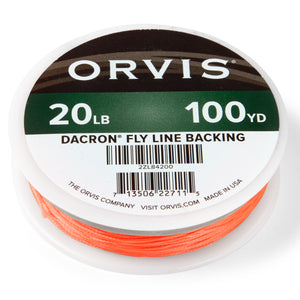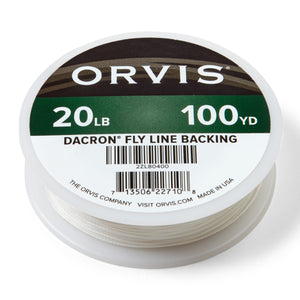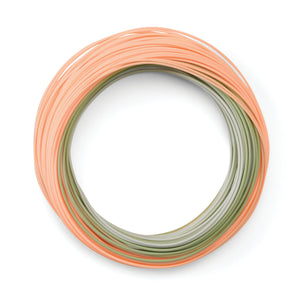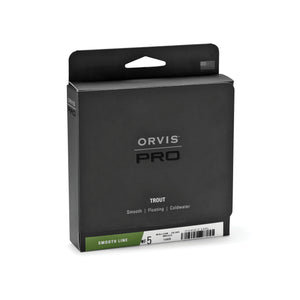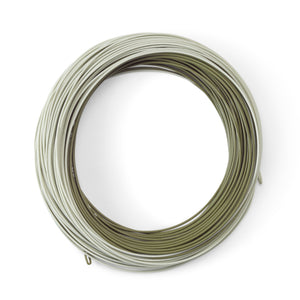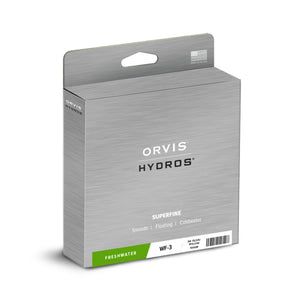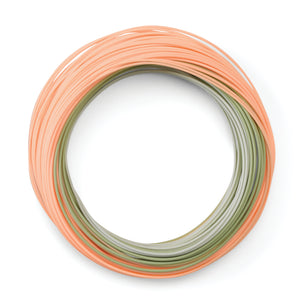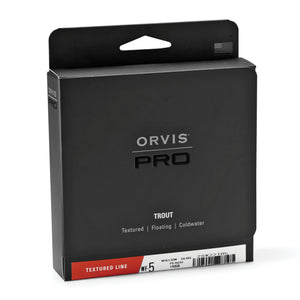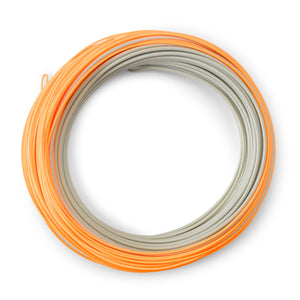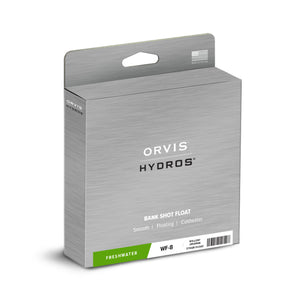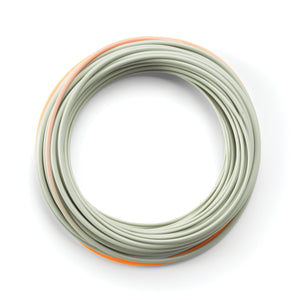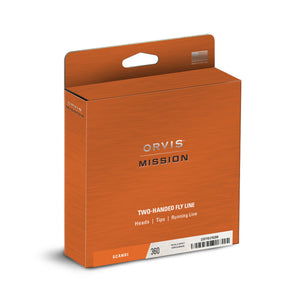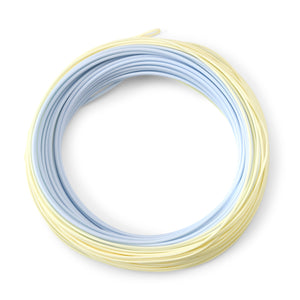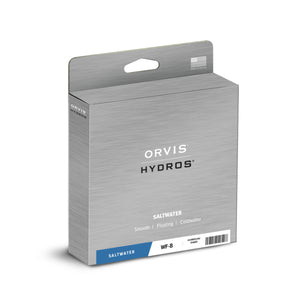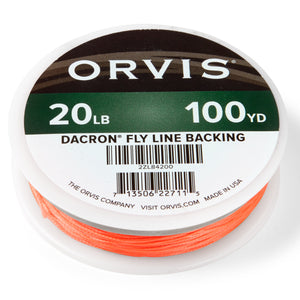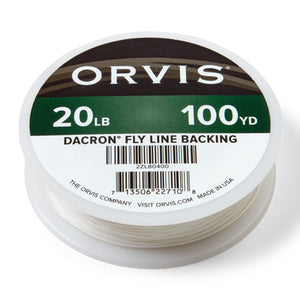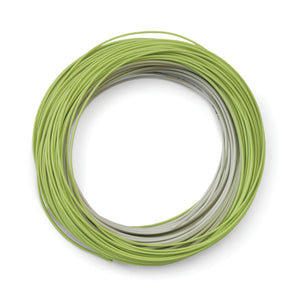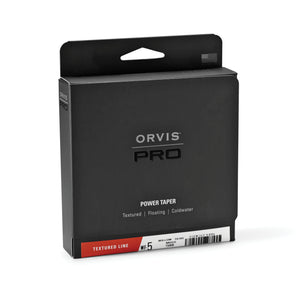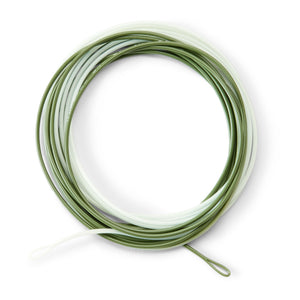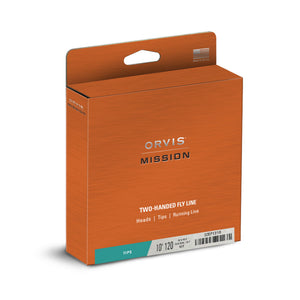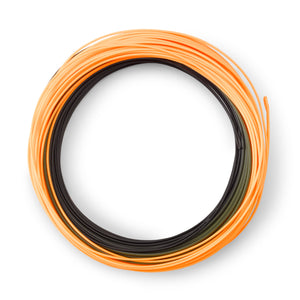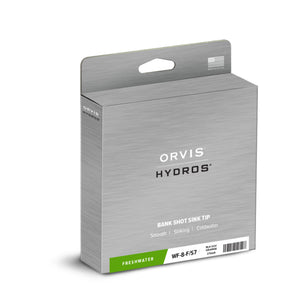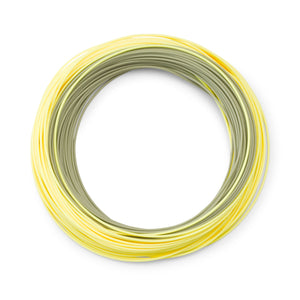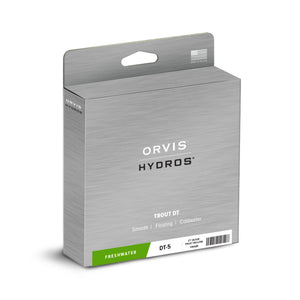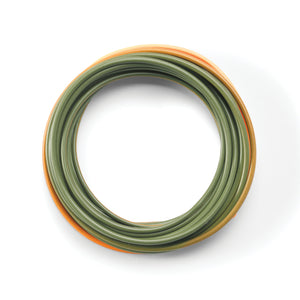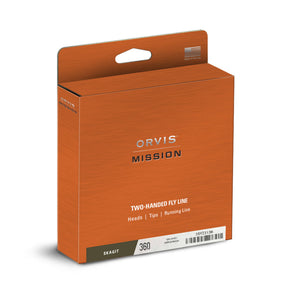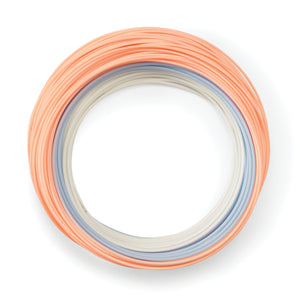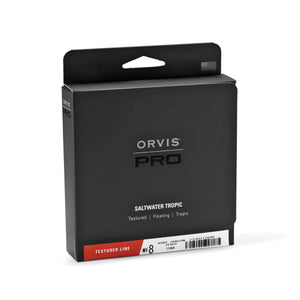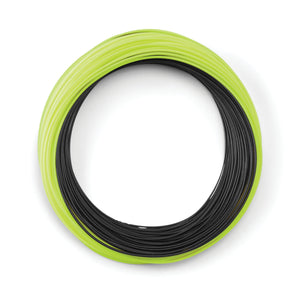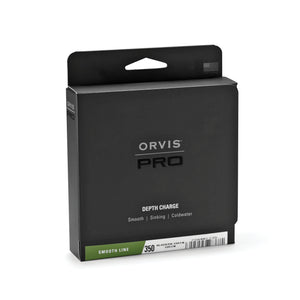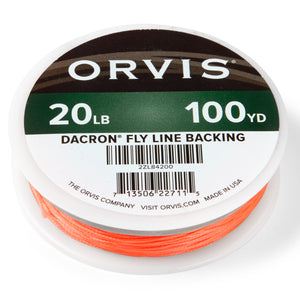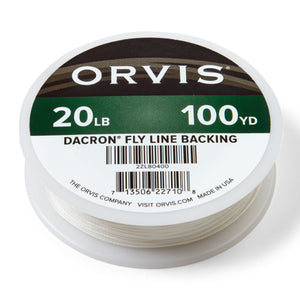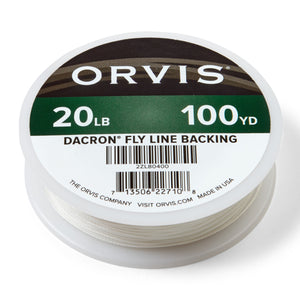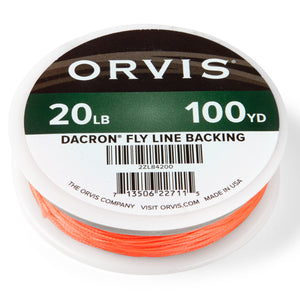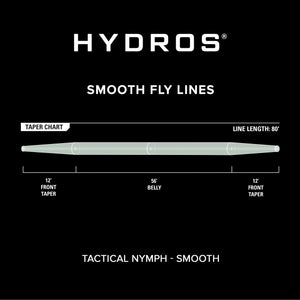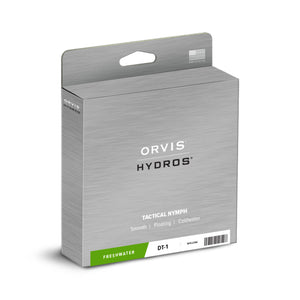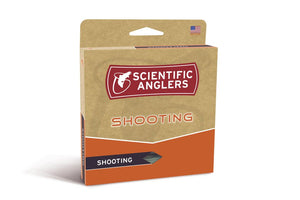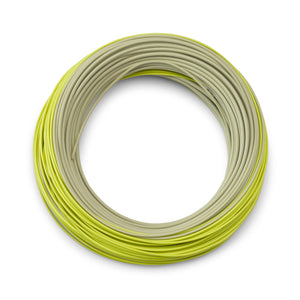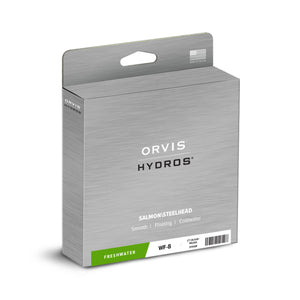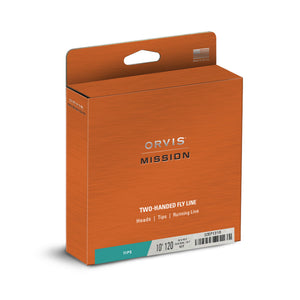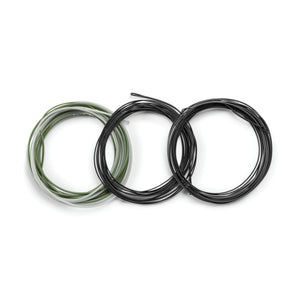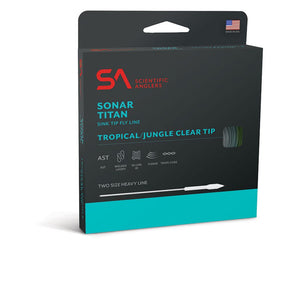
Fly Line
Fly Line
Elevate Your Cast with Orvis Fly Lines and Backing
At Orvis, we design our fly lines to enhance every element of your fly fishing experience—from smoother casting and improved accuracy to more natural presentation on the water. Whether you're targeting selective trout in a quiet stream or chasing powerful saltwater predators, our fly lines are engineered to deliver performance, precision, and reliability with every cast.
Our trout fly lines are ideal for both beginners and advanced anglers, offering excellent roll-casting capabilities and effortless mending. This allows for cleaner, more controlled drifts—essential for fooling wary trout in technical waters. Each line is built to deliver delicate presentations while still offering the control you need to place your fly exactly where it needs to be.
For those venturing into saltwater, Orvis offers a selection of quick-loading saltwater fly lines that deliver the power and responsiveness required to cast larger flies in windier conditions. These lines are designed to perform under pressure, providing the strength and speed needed to target species like bonefish, tarpon, and redfish. Many of our saltwater lines feature stiffer cores that maintain integrity and responsiveness, even in tropical heat.
Adding fly-line backing is an essential step in preparing for that once-in-a-lifetime fish that makes a long, blistering run. Orvis fly-line backing is built for strength and durability, helping to extend your total line capacity while giving you the confidence to handle larger, fast-moving fish. For freshwater applications like trout, salmon, and bass, our braided backing provides a strong and reliable base. For more intense saltwater scenarios, our ultrathin, high-capacity gel-spun backing offers exceptional yardage in a compact profile—ideal when every meter counts.
The characteristics of fly lines vary depending on the environment. Freshwater lines typically feature larger diameters and lower densities for optimal buoyancy and gentle presentations. Saltwater lines, on the other hand, are often denser and thinner to cut through wind and cover greater distances. Understanding these differences allows anglers to choose the right line for the conditions they'll face—and Orvis provides the perfect option for every scenario.
For those targeting salmon, steelhead, or big browns with streamers, our sink tip and full sinking lines make casting heavy flies far more efficient. These lines feature aggressive tapers and integrated sinking tips, enabling you to get down to depth quickly and keep your fly in the strike zone longer—ideal for deep pools, fast current, or coldwater lakes.
Nymphing anglers will appreciate Orvis’s fly lines designed with abrupt front tapers and brightly coloured tips, helping to turn over weighted rigs while doubling as visual strike indicators. These lines offer excellent mending capability to maintain a drag-free drift and improve strike detection. For those who prefer tight-line Euro nymphing, the Orvis Hydros Tactical Nymphing Line delivers an ultra-thin diameter and subtle taper, maximizing sensitivity and reducing line sag—even in windy conditions.
With more than 160 years of fly fishing expertise, Orvis remains at the forefront of innovation and performance. Our extensive collection of fly lines and backing is designed to meet the unique demands of every angler, whether you’re casting dries on a quiet chalk stream or sight-fishing in bluewater flats. When you fish with Orvis, you’re equipped with gear that’s trusted, tested, and built to perform on every cast.


